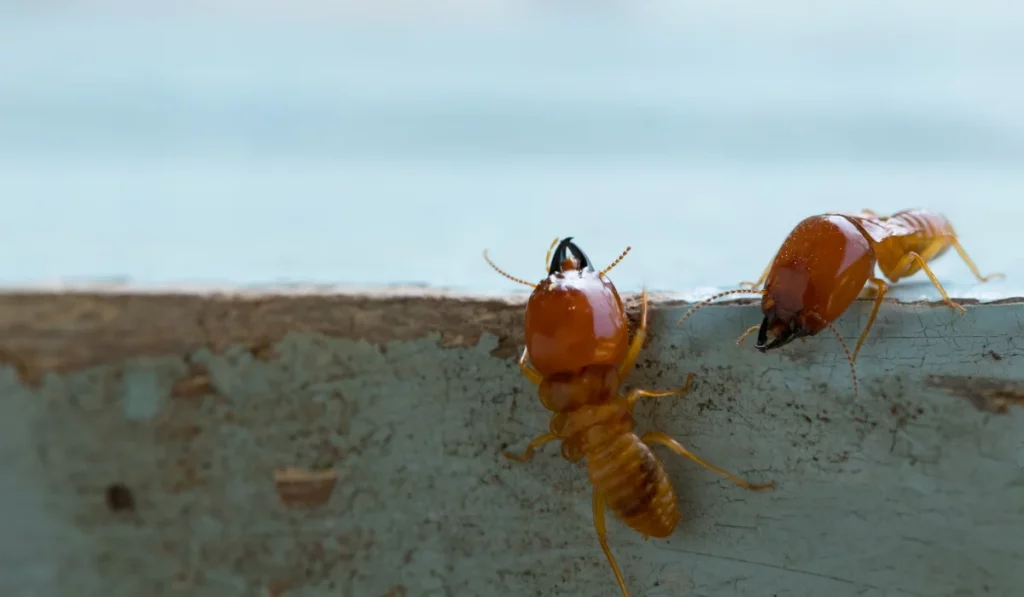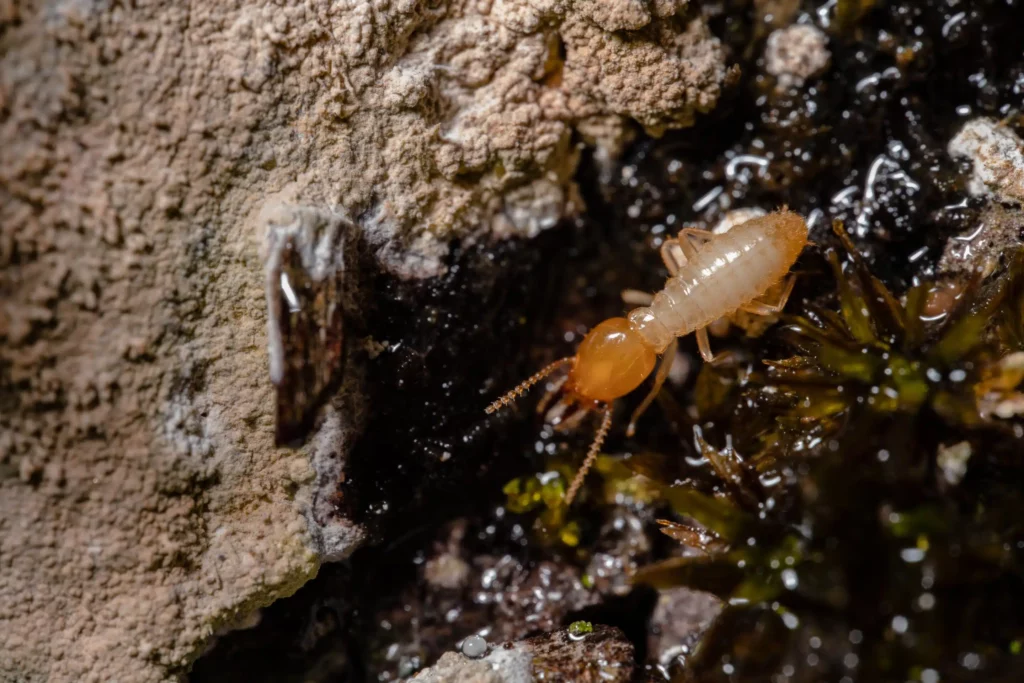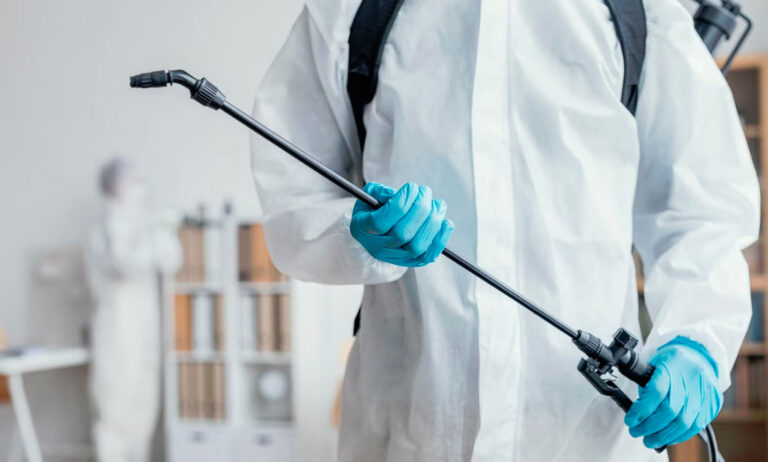Termites can be an unwelcome presence in any home, and if you’re living in Sydney, you may have experienced this issue firsthand. Understanding how to manage and prevent termite infestations is crucial for maintaining the integrity of your property. In this article, we will explore the various aspects of dealing with termites, from recognising the signs of an infestation to effective treatment options.
Understanding the termite problem in Sydney
To effectively combat termites, it’s essential to understand the nature of the problem in Sydney. This bustling metropolis is not just famous for its stunning harbour; it’s also a prime environment for termites sydney due to its warm climate and abundant timber structures.
The different types of termites in Sydney
In Sydney, there are several types of termites that homeowners should be aware of. The most common include the Eastern Subterranean termite, known for building extensive underground colonies, and the Drywood termite, which can live within wooden structures without the need for contact with the soil.
Each type has its own behaviour and feeding habits, which influence how they can invade your home. Familiarising yourself with these types will help you identify potential threats and choose appropriate preventative measures.

Why Sydney is a hotspot for termite activity
Sydney’s unique climate plays a significant role in making it a hotspot for termite activity. The warm temperatures and high humidity create a perfect breeding ground for these pests. Additionally, the prevalence of timber in construction can lead to increased susceptibility to infestations.
Many homes in Sydney are constructed with timber materials, making them attractive targets for termites looking for food sources. This intertwines with local vegetation, including native trees and shrubs, which can further nourish these pests.
Recognising signs of a termite infestation
Being able to identify the signs of a termite infestation early on can save you a fortune in repairs. There are both physical and behavioural signs to look out for.
Physical signs in your home
One of the most common physical signs of termites is the presence of mud tubes, which are constructed by termites for protection as they travel. Look for these tubes along your walls, under eaves, or in crawl spaces. Additionally, swarms of winged termites, especially during spring, can be a clear indicator of an infestation nearby.
Other physical signs include damaged wood, which may appear hollowed out or show signs of frass, a wood-dust-like material excreted by termites. If you notice any unusual noises coming from wooden structures, this is also a potential sign of termite activity.
Behavioural signs of termites
Behaviourally, if you’ve noticed a sudden increase in the amount of discarded wings around your home or unexplained creaking sounds, these may also be red flags. Termites tend to swarm at certain times of the year; thus, observing this behaviour can be pivotal in recognising a problem.
Moreover, if you find unexplained damage to wooden items or structures, it’s time to investigate further. Termites work stealthily, so regular monitoring is essential. Read more about how to detect a termite infestation at http://extension.msstate.edu/content/signs-termite-infestation
Prevention methods for termite infestations
Prevention is often much easier and cheaper than dealing with an infestation once it has taken hold. There are several methods that homeowners can employ to reduce the risk of termite incursions.
Regular home inspections
Scheduling regular inspections, at least once a year, can help identify any potential issues before they escalate. A professional pest control service can conduct these inspections, looking for signs of termites in hidden areas that you may not check yourself.
Regular inspections are critical as they allow for early detection, giving you a better chance of treating the problem effectively before it becomes severe.
Effective landscaping techniques
Adopting effective landscaping techniques is another vital strategy in preventing termite infestations. Make sure to keep wood piles, mulch, and other cellulose materials away from the foundation of your home. It’s also wise to eliminate excess moisture by ensuring proper drainage and avoiding overwatering your garden.
Trim back any plants that are close to the structure to reduce the risk of attracting termites, making it more challenging for them to access your home.
Treatment options for termite infestations
If you discover termites in your home, prompt action is crucial to mitigate damage. There are various treatment options available, ranging from professional services to do-it-yourself solutions.
Professional pest control services
Engaging with professional pest control services can often provide the most effective results. These experts have specialised tools and knowledge to comprehensively assess infestations and recommend appropriate treatments, such as liquid termiticides or baiting systems.
Additionally, they can provide ongoing monitoring to ensure that the problem doesn’t return. While this option may be more expensive upfront, it can save you from greater costs associated with extensive damage down the line.
DIY termite treatments
If you prefer to tackle the problem on your own, there are several DIY treatments available. These might include applying chemical treatments to affected areas, utilising borate solutions, or implementing baiting stations around your property. However, it’s important to do thorough research and follow instructions carefully.
Keep in mind that while DIY methods can be effective for minor issues, severe infestations typically require the expertise of a professional. Click here to learn more methods for termite treatment.

The cost of termite treatment in Sydney
Understanding the potential costs associated with termite control is an important aspect of home ownership in Sydney. Treatment costs can vary significantly depending on several factors.
Factors influencing treatment cost
Factors influencing the cost include the extent of the infestation, the type of treatment required, and the size of your property. On average, homeowners might expect to pay anywhere from a few hundred to a few thousand dollars for comprehensive treatment.
Additionally, ongoing management and inspections can add to the overall financial commitment, so budgeting for these expenses is wise.
Long-term financial implications of termite damage
Failing to address termite issues promptly can lead to significant long-term financial implications. The structural damage caused by termites often results in high repair costs that far exceed the price of preventative measures or initial treatments.
By recognising the signs and taking proactive steps towards prevention, you can avoid extensive damages and safeguard the value of your home in the long run.
In conclusion, dealing with termites in Sydney requires vigilance, knowledge, and action. By understanding the types of termites present, recognising the signs of an infestation, employing effective prevention methods, and exploring treatment options, you can protect your home from these destructive pests. Investing in termite management today will pay off significantly in the future.
Related : Professional Termite Control in Penrith for Lasting Results


